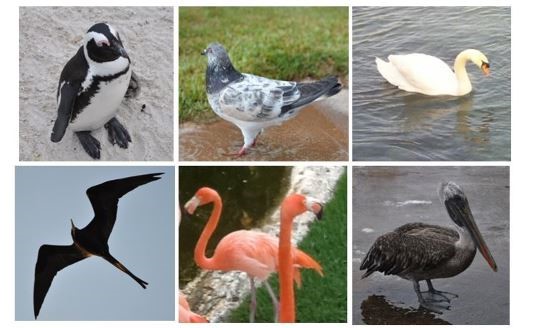19 Categories Defined by Similarity
So far we’ve studied three types of category structures:
- A LIST category is just a list of its members. There is no property test that decides if something goes in the category.
- SINGLE-PROPERTY categories define their members using a property test. We have to be careful in the choice of the property; if the members differ a lot on other properties, the category won’t make much sense.
- MULTIPLE-PROPERTY categories define their members using two or more property tests. The order of the tests is important because that determines the hierarchy or taxonomy in which broader categories contain the members of their sub-categories.
In this lesson we’ll study another type of category structure — defining categories based on SIMILARITY. These categories define membership by considering multiple properties, but the properties are used in a looser way. Sometimes things go in the same category because they have many but not all of the same properties — they are similar but not exactly the same.
This idea is easier to explain with an example.
- All have feathers, wings, beaks, and two feet
- But some birds fly or swim and some don’t, so flying and swimming can’t be used as property tests
- The shape of bird beaks, wings, and feet varies a great deal, so shape can’t be used as a property test
-
-
- The properties that most birds share make them resemble each other, but some properties are shared more than others
-
Birds that share the most characteristics properties are “better” category members
-
This makes some birds more typical of the bird category than others
SIX TYPES OF BIRDS
-

TOP ROW: Penguin, Pigeon, Swan
BOTTOM ROW: Frigate Bird, Flamingo, Pelican

